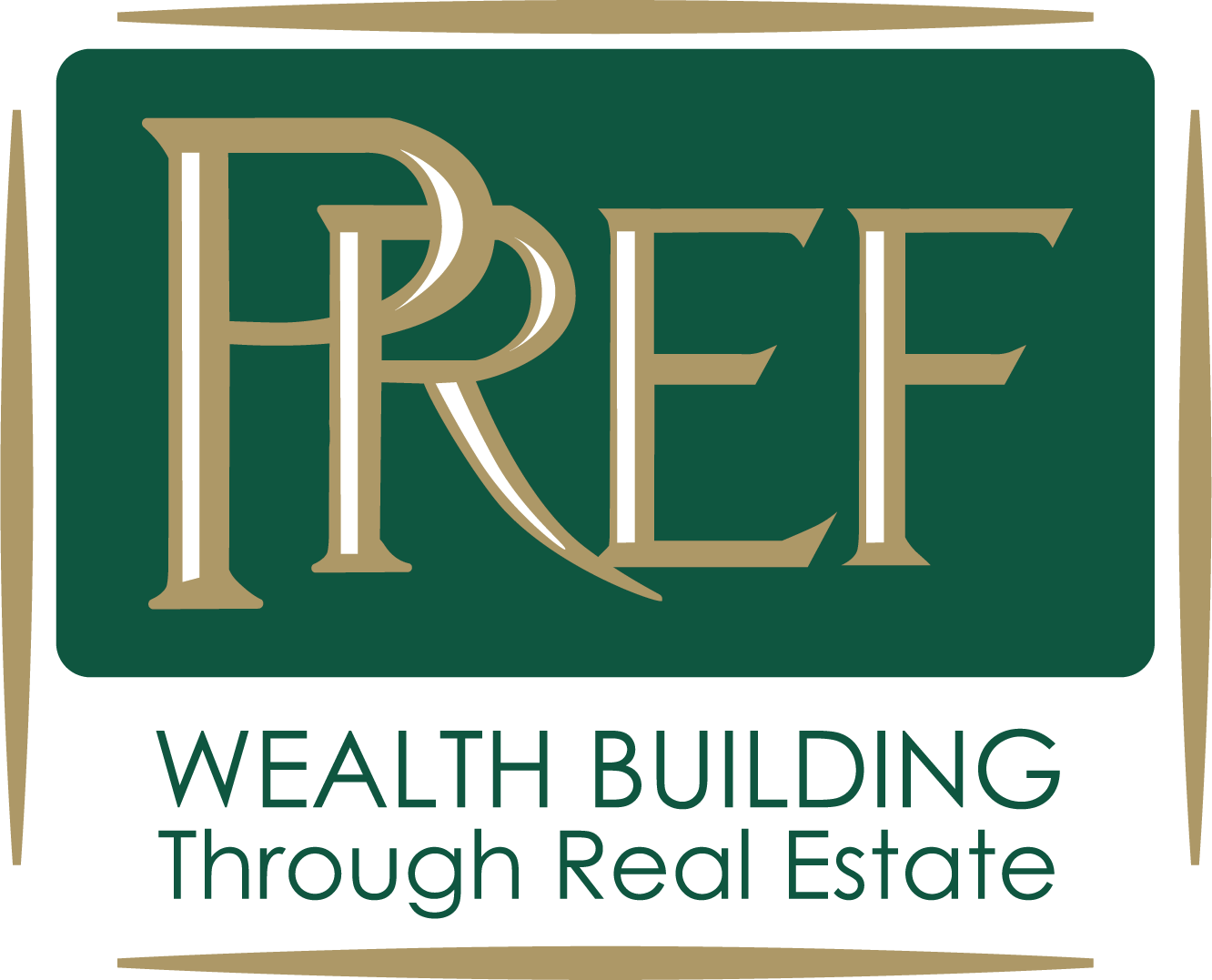Not Your Standard Recession and Recovery
Most recessions and recoveries are straightforward. There’s oversupply, too much money and aggressive lending. The economy goes into recession. Values plummet, lenders foreclose, and occupancies and rents go down. Everything is distressed. Then, distressed assets are sold, the economy improves and rents and occupancies increase. Happy days are here again.
But the Great Recession of 2007-09 and subsequent recovery have been anything but straightforward. Due to financial chaos and a slow-to-recover economy, the road from the valley to the mountain top has been long and winding.
Financial Chaos
In 2007-2008, government policy and deregulation encouraged overaggressive lending and leveraging of lender’s balance sheets, not unlike when the government deregulated the Savings and Loans and changed the tax laws in 1986. Not only did this create a deep recession, but it also caused a near collapse of the U.S. financial system. So, how did this impact real estate?
Bank Failures + Maturity Defaults
Many banks failed. Not only could maturing loans not be extended (whether performing or not), but take-out loans from other sources were simply not available. Even when refinancing was available, tighter lending standards and lower property values resulted in insufficient proceeds to pay off the existing loans. In 1986, the Resolution Trust Corportion (RTC) took over the failed Savings and Loans, but this time the government enabled private financial groups to take over the failed lenders. These “unregulated” entities now became holders of the debt and property owners.
Securitized Debt Defaults
During the period prior to the Recession, considerable securitized lending occurred, which resulted in private funds owning debt that had been originated by others. This caused a disconnect between the borrower and debt holder as well as inflexibility—at a time when it was needed the most.
Combine the above scenarios with either (1) ownership of real estate by limited liability companies or (2) tenancies in common with numerous shareholders or (3) owners unwilling or unable to infuse equity into the deals, and you have a bad, I mean really bad, situation.
Slow-to-Recover Economy
Because of the depth of the Recession and the financial system lock-up, the economy suffered a significant jolt. And the addition of government regulations, such as those in Dodd-Frank, resulted in a very slow economic recovery.
To boost the economy, the Federal Reserve kept interest rates at historical lows. With such low rates, investors started chasing the higher yields offered by real estate. This flooding of the capital markets with yield chasing equity combined with low interest rates being offered by banks that were lending resulted in a rapid run-up in real estate prices generally not justified by the fundamentals. Prices quickly equaled and surpassed pre-Recession peaks with actual property performance lagging.
Where Are We Now?
With the economy booming, real estate markets are doing well. Despite some crosscurrents (discussed in my next blog), rents and occupancies have increased to the point that new developments in most property types now make sense. The scars of the Recession have faded.
Prices are at their highest level ever, which drives development, but slows the sale of existing assets and has all but eliminated value-add opportunities. The capital markets are still flush with yield seeking equity, but with interest rates rising, the current real estate returns will become less attractive to conservative investors. Because of the slow recovery in real estate fundamentals (rents and occupancies), developers were late to the party, so for now, overbuilding is not a problem.
It has taken longer than usual to reach the pinnacle of this market but remember THAT is where we are. The likelihood of increasing yield is fading, and value-add opportunities are increasingly riskier. One thing is true—it’s a great time to be a seller.



